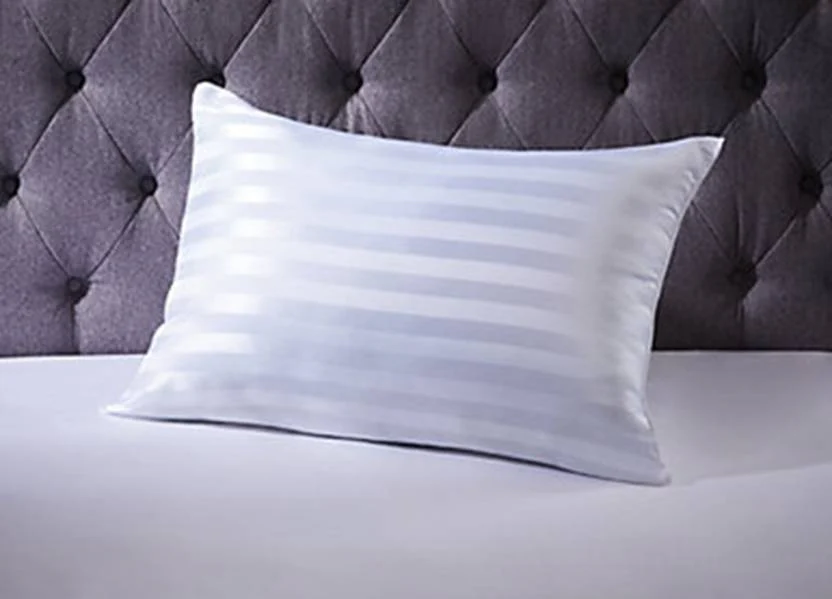Gardening is a timeless hobby that connects people with nature, brings beauty to outdoor spaces, and even puts fresh herbs or vegetables on the table. But what if your garden is limited by space, unpredictable weather, or seasonal changes? That’s where an outdoor shed can become more than just a storage unit—it can actually be transformed into a mini greenhouse.
At Patiowell, we’ve seen more and more homeowners exploring creative ways to use their sheds beyond tool storage. One of the most exciting ideas is turning a shed into a controlled environment for growing plants. But is it really possible? Can you grow plants in a shed?
The short answer: Yes, you can! With the right setup, a shed—especially a shed with floor and proper lighting—can be a functional and efficient plant-growing space. Here’s how to do it.
Why Use a Shed for Growing Plants?
An outdoor shed offers several benefits for plant cultivation:
- Shelter from extreme weather: Rain, wind, frost, or scorching sun can damage sensitive plants. A shed provides protection.
- Extended growing season: With heating and lighting, you can grow year-round.
- Controlled environment: You can manage temperature, humidity, and pests more easily.
- Space-saving: A shed allows indoor gardening without occupying indoor living space.
At Patiowell, we design sheds with versatility in mind, so whether you’re storing tools or growing tomatoes, your structure supports your goals.
What Kind of Shed Do You Need?
Not all sheds are ideal for growing plants. For best results, choose a shed with floor, as it provides insulation, protection from ground moisture, and better control over temperature.
Patiowell outdoor sheds are particularly well-suited for plant cultivation because they’re built with durable, weather-resistant materials and offer add-on features like windows, vents, and even skylights—perfect for growing conditions.
Key Considerations for Growing Plants in a Shed
To successfully grow plants in a shed, you’ll need to address the following:
1. Lighting
Plants need light—lots of it. Natural sunlight is best, so opt for a shed with:
- Windows or skylights
- Transparent or translucent panels
If your shed lacks natural light, grow lights (LEDs or fluorescents) are excellent substitutes. Many indoor growers use full-spectrum LED lights that mimic sunlight and support all stages of plant growth.
2. Temperature Control
Plants are sensitive to extreme cold or heat. You’ll need to:
- Insulate your shed with floor and walls
- Use a heater in colder months
- Ventilate or add fans in summer to prevent overheating
Patiowell’s outdoor sheds are easy to insulate and customize, making them ideal for managing indoor climate year-round.
3. Ventilation and Airflow
Stagnant air can lead to mold, fungus, or pest problems. Ensure your shed has:
- Roof vents or side vents
- Small fans or air circulation systems
- A window or door that opens easily for fresh air flow
Good airflow also helps control humidity, which is essential for healthy plant growth.
4. Water and Humidity
Watering your plants inside a shed requires a plan:
- Install a water source nearby or keep watering cans handy
- Use drip irrigation or self-watering pots to avoid overwatering
- Add a humidity gauge to track moisture levels
You can also place trays under your pots to catch excess water, protecting the shed floor and preventing mold.
5. Shelving and Layout
Organize your plant space efficiently by:
- Installing metal or plastic shelves (wood can rot in humid spaces)
- Keeping smaller plants on upper levels and larger pots on the floor
- Using hanging planters for herbs or trailing vines
One of the advantages of a shed with floor is that it gives a solid, level base for shelving systems, grow tables, or potting benches.
Ideal Plants to Grow in a Shed
Not all plants need full outdoor exposure. Great candidates for shed gardening include:
- Leafy greens: Lettuce, spinach, kale
- Herbs: Basil, parsley, cilantro, mint
- Microgreens: Fast-growing and perfect for small spaces
- Seedlings: Start flowers or vegetables before moving them outside
- Ornamental plants: Ferns, succulents, spider plants
With the right lighting and temperature, you can even grow tomatoes, peppers, or strawberries in containers inside your shed.
Tips for Success
- Clean your shed regularly to prevent mold, pests, or rot
- Monitor your plants daily to catch issues early
- Use pest control methods like neem oil or natural repellents
- Track your environment with a thermometer, hygrometer, and timer for lights
And most importantly, customize your Patiowell shed to match your gardening needs—whether that’s more windows, better insulation, or built-in shelving.
Conclusion: Grow More with a Patiowell Outdoor Shed
So, can you grow plants in a shed? Absolutely. With a little creativity and the right setup, your outdoor shed can transform into a productive green space that brings joy, beauty, and even fresh food to your home.
At Patiowell, we’re proud to offer flexible and reliable shed designs that go far beyond basic storage. Whether you’re looking for a shed with floor to start your indoor garden or a full greenhouse conversion, we’ve got the solutions to make it happen.
Explore our full range of sheds today and turn your backyard into a thriving plant paradise—one leaf at a time.




